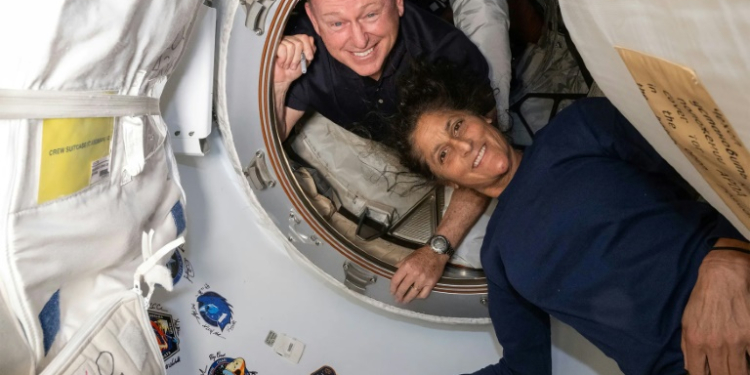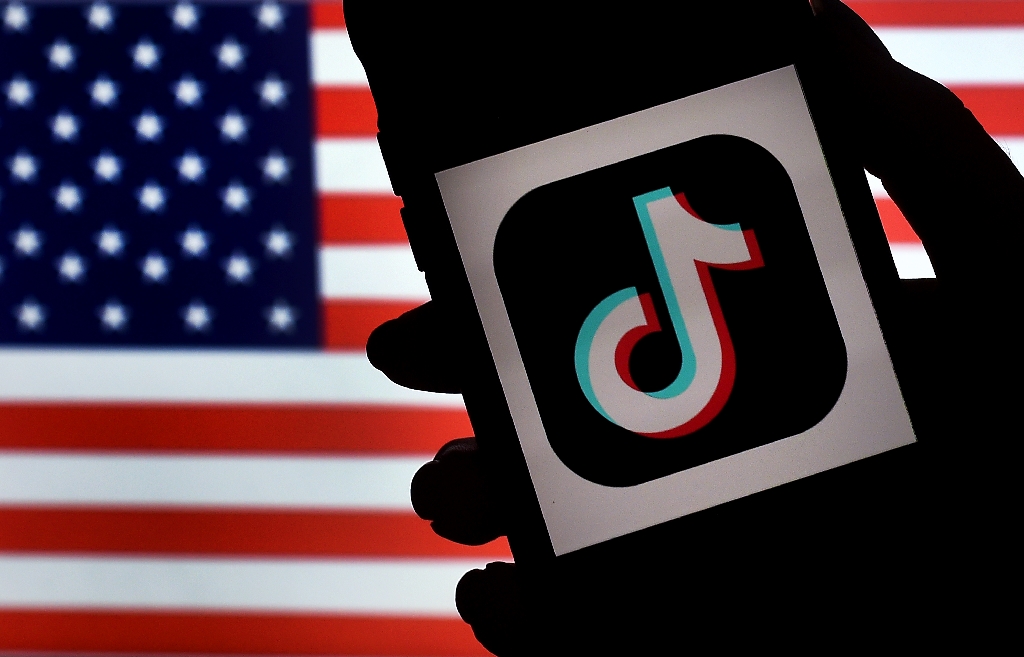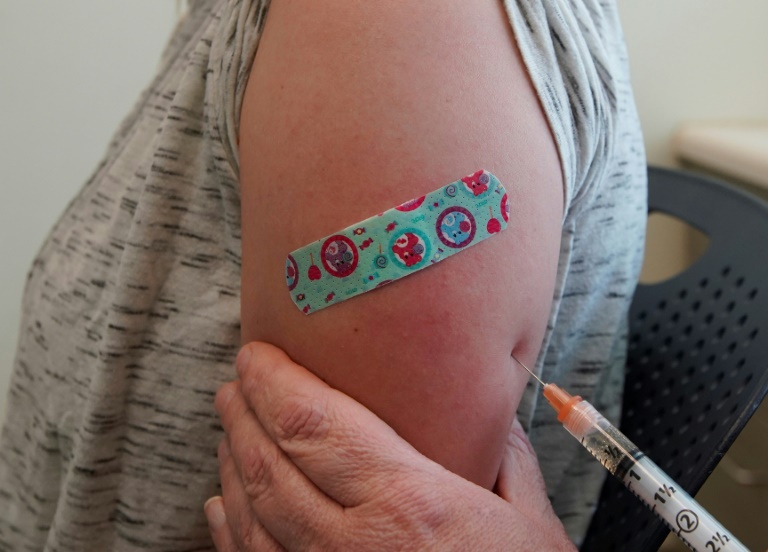Washington (AFP) – Two astronauts stranded in space may sound like the start to a big-screen science thriller, but the Boeing Starliner mission is no work of Hollywood fiction. Astronauts Barry “Butch” Wilmore and Sunita “Suni” Williams were originally scheduled to spend a little more than a week aboard the International Space Station as part of the debut crew flight test of the Starliner. However, the spacecraft encountered several issues during the flight, and now the two astronauts will likely have to extend their stay aboard the ISS for several months. NASA will issue a decision by mid-August as to whether Wilmore and Williams can return on board Starliner, or if they will have to wait for their retrieval by a SpaceX craft. Regardless of the call made, the two professional astronauts are prepared to weather the storm.
“Butch and Suni are ready to do whatever we need them to do,” said Steve Stich, a senior NASA official, earlier this week. Both astronauts have worked as test pilots for the US Navy, and each has already flown to the ISS twice before. Wilmore, the mission commander, had spent 178 days in space prior to the Boeing mission, while Williams, the pilot, had even more experience, with 322 days under her belt. “We are having a great time here on ISS,” Williams said during a press conference in July. The pair had been actively involved in the Starliner’s development for several years in preparation for its first manned test flight. Dana Weigel, NASA’s ISS program manager, said this week that Williams and Wilmore are “fully trained” for their extended stay in space.
“A couple years ago, we made the decision knowing that this was a test flight to make sure that we had the right resources, supplies and training for the crew, just in case they needed to be on ISS for whatever reason, for a longer period of time,” she said. While stuck aboard the ISS, the two astronauts are not sitting around twiddling their thumbs; rather, they play an active part in assisting the seven other astronauts on board with their daily work. “It’s been helpful to have the extra set of hands on board,” Weigel said.
The usual duration of an astronaut’s mission to the ISS is six months, with some even spending about a year aboard the flying laboratory, which has been permanently inhabited for nearly a quarter century. The estimated stay of Wilmore and Williams of about eight months would not be out of the ordinary. However, their friends and families expected to see them back much sooner. Wilmore, 61, is married with two daughters. A native of Tennessee and a deeply religious man, he is also a fan of the “Top Gun” film series about US Navy pilots. He was selected to become an astronaut in 2000 and has since completed four spacewalks during his career. Wilmore first visited the ISS in 2009 aboard the now-defunct NASA Space Shuttles. He later returned in 2014-2015 aboard a Russian Soyuz spacecraft. For the Starliner flight, he switched to manual piloting before the craft docked at the ISS, which he praised for its precision. “I really give Butch a lot of credit,” Williams said in a pre-flight press conference about her mission partner. “It’s easy to just say, ‘Yep, that’s good. Let’s just go.’ But he asked the question ‘why’ all the time.”
Williams, 58, has completed no less than seven spacewalks over the course of her career, having also flown aboard a US Space Shuttle and a Russian Soyuz spacecraft. She was the one who christened the Boeing capsule used for the mission “Calypso,” in honor of the ship manned by famed ocean explorer Jacques Cousteau. “When I was growing up, I couldn’t wait to go watch his TV shows to see what he was going to explore,” Williams said ahead of the flight. Williams also has the distinction of being the first person to complete a triathlon in space by using a special device to simulate swimming. In her spare time, she enjoys repairing cars and planes with her husband.
© 2024 AFP





